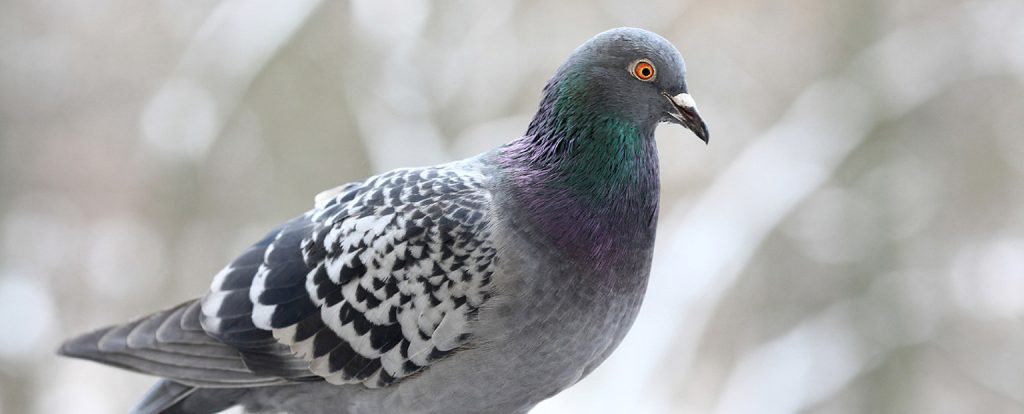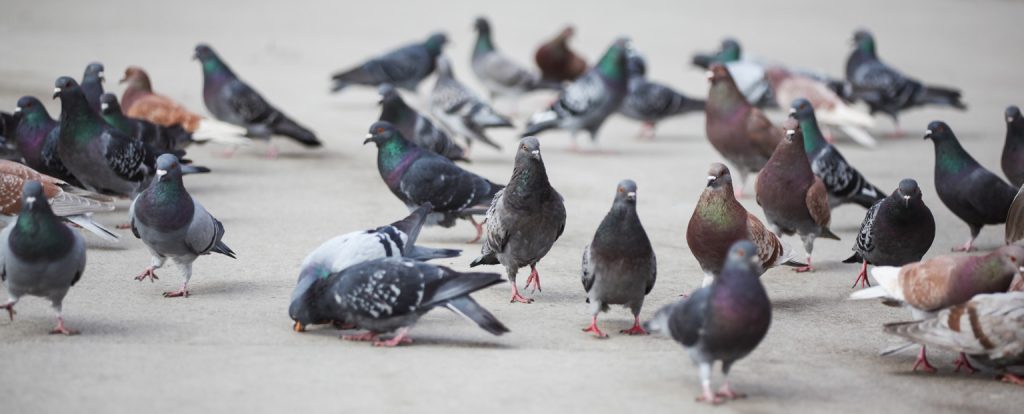Pigeon and Bird Fouling: How to Counter It
Birds, particularly pigeons, have always been part of our urban landscape, providing a sense of tranquillity amidst the concrete jungle. However, there is a less serene side to these feathered creatures – the issue of pigeon and bird fouling. Pigeon and bird fouling, or the deposition of droppings, is a common problem in urban areas, affecting both public and private properties. It’s not just an aesthetic issue; it poses significant health risks and can lead to increased maintenance costs. Pigeon fouling, also known as pigeon guano, refers to the droppings left by these birds. Similarly, bird fouling encompasses the droppings of other bird species. These droppings, often found on buildings, monuments, and other structures, are not only unsightly but can also cause structural damage over time. Pigeon guano consists of two components. The white part is uric acid, a byproduct of the bird’s metabolic process. The smaller, darker part is the actual faecal matter. Despite their small size, these droppings can accumulate over time, leading to significant problems.


Health Risks Associated with Pigeon and Bird Fouling
The health risks associated with pigeon and bird fouling are substantial and varied. These droppings can harbour various disease-causing bacteria, fungi, and parasites. Pigeon droppings have been linked to a number of diseases. Among the most common are histoplasmosis and cryptococcosis, fungal diseases that can cause serious health complications, particularly in individuals with compromised immune systems. These diseases are typically transmitted when people inhale airborne dust or water droplets contaminated with bird droppings. This can occur when droppings are disturbed, such as during a clean-up operation, or when they dry out and become dust-like.
The Impact on Buildings and Infrastructure
Pigeon and bird fouling can also have a detrimental effect on your building and its environment. Over time, droppings can lead to staining and structural damage. This is particularly problematic for heritage buildings constructed of limestone or calciferous sandstone, which are vulnerable to the acids in pigeon guano.
Increased Maintenance Costs
The accumulation of bird droppings can also lead to increased maintenance costs. For instance, fouling can block rainwater gutters, leading to water damage if left unchecked.
Safety Hazards
Droppings on steps, walkways, and other surfaces can also pose a slip hazard, potentially leading to accidents and injuries.
Prevention Measures
Given the health risks and potential damage associated with pigeon and bird fouling, prevention is crucial.
Bird Deterrence Systems
One effective method of prevention is the installation of bird deterrence systems. These systems can prevent birds from roosting and nesting on your property, thereby reducing the amount of droppings.
Regular Cleaning
Regular cleaning can also help to keep bird fouling at bay. This should be carried out by professional cleaning services that have the necessary equipment and knowledge to safely remove droppings without spreading disease-causing organisms.
The Role of Professional Services Like Square One
When dealing with pigeon and bird fouling, professional services can play a crucial role. Square One Environmental can help you effectively remove droppings and sanitise affected areas, reducing the risk of disease transmission. Professional bird control services can provide solutions to deter birds from roosting and nesting on your property. These can range from bird-proofing systems to humane bird removal.
Protecting Your Family and Staff
In light of the health risks associated with pigeon and bird fouling, it’s crucial to take steps to protect your family and staff.
Awareness and Education
Educating your family and staff about the risks of bird fouling can help them understand the importance of prevention measures. They should be made aware of the potential health risks and encouraged to avoid areas with significant bird fouling.
Personal Protective Equipment
If contact with bird droppings cannot be avoided, ensure that appropriate personal protective equipment (PPE), such as gloves and masks, is worn to minimise exposure.
The Bigger Picture
While pigeon and bird fouling is a localised issue, it’s part of a larger problem of human-wildlife conflict in urban areas. As cities continue to expand, interactions between humans and wildlife will become more frequent.
Urban Wildlife Management
Addressing the issue of pigeon and bird fouling requires a comprehensive approach to urban wildlife management. This includes creating environments that discourage nuisance wildlife, as well as educating the public about the importance of coexisting with wildlife.
Balancing Act
Ultimately, dealing with pigeon and bird fouling is a balancing act. While it’s essential to protect human health and property, it’s also important to respect the wildlife that shares our urban spaces. In conclusion, pigeon and bird fouling is a significant issue that poses both health risks and potential damage to property. However, with the right measures in place, these risks can be effectively managed, ensuring a safe and clean environment for all.

